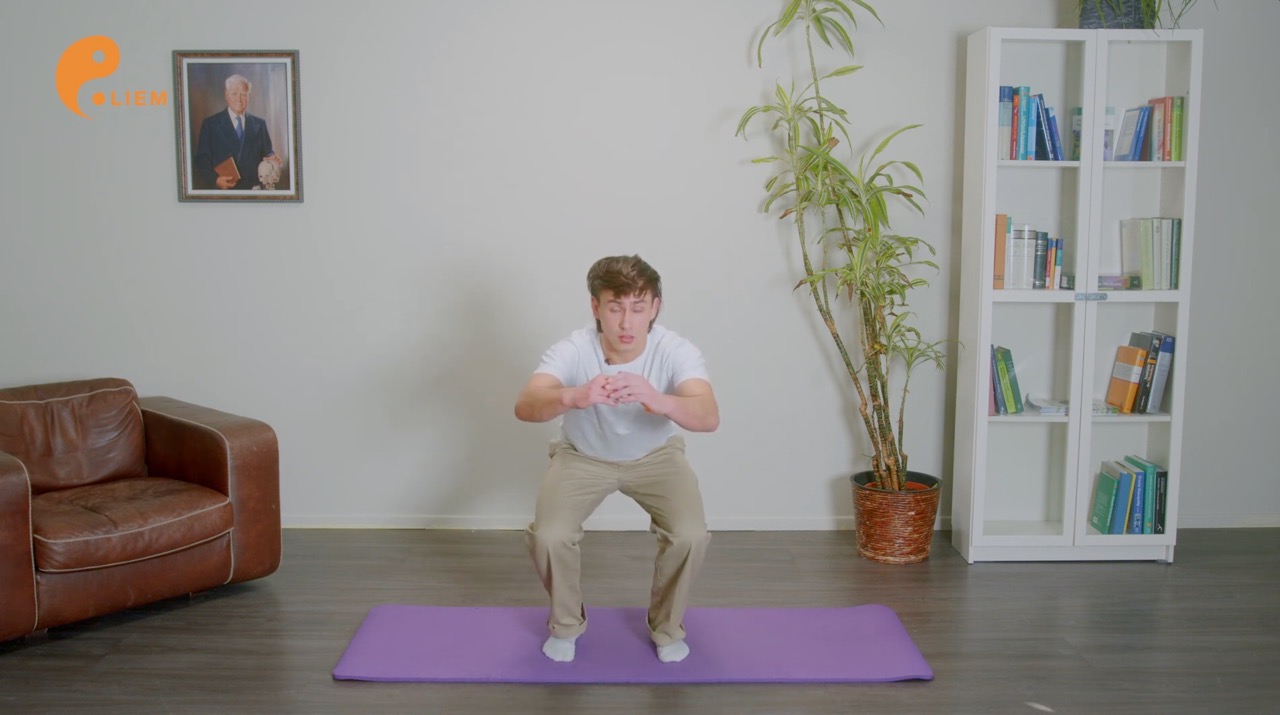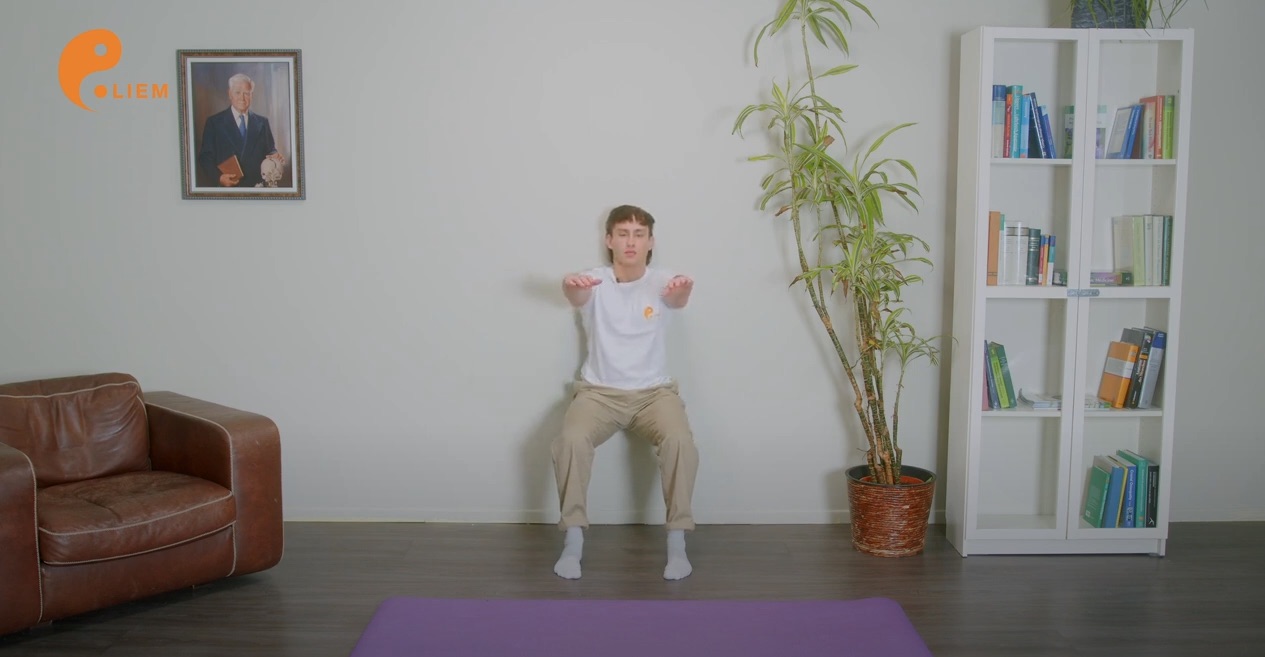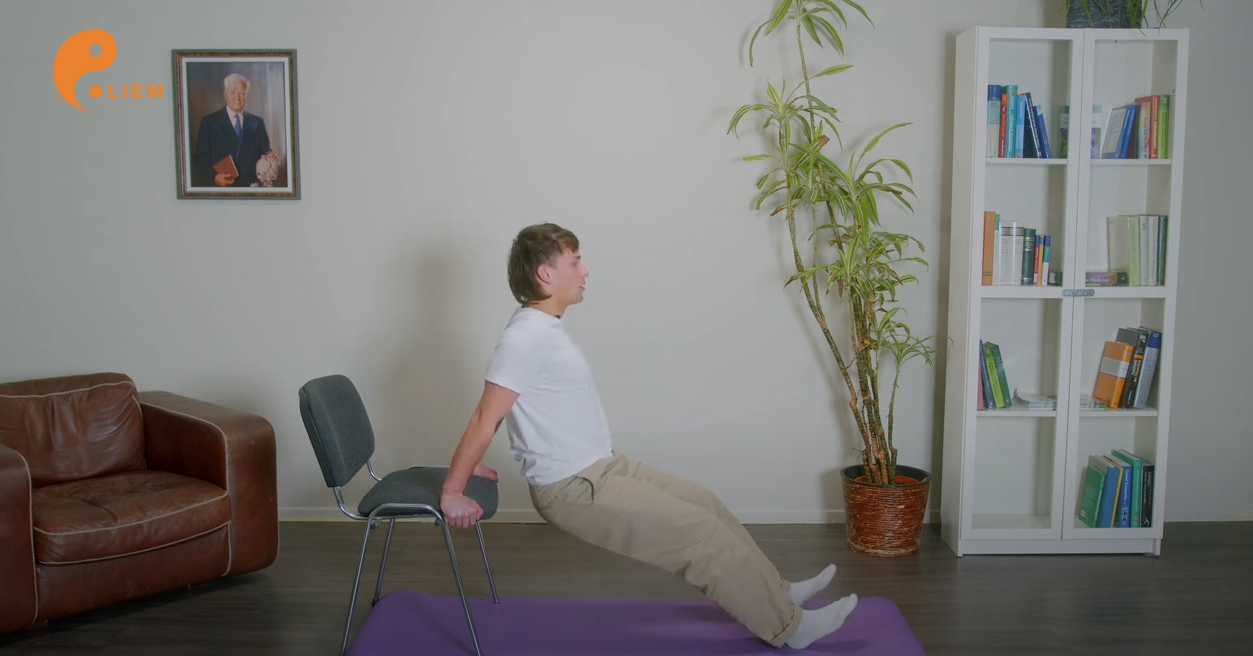While happiness cannot be seen separately from many contexts, see article HappinessNevertheless, there are many proven and scientifically researched ways in which you can do something yourself to feel happier and more satisfied. In a way, it is a competence and ability that can be "trained". So here the focus is more on what does "being happy" mean to you personally and what are the ways to achieve it. It also means reflections on the extent to which and how being happy is possible regardless of or despite certain adverse circumstances. At the same time, it also includes the ability to broaden your perspective by learning to shift your usual focus to other areas. And possibly also to look at your own habits (always seeing the half-empty glass instead of the half-full one) and beliefs (I don't deserve to be happy) and put them into perspective so that you can experience more happiness.
For example, I have been meditating since I was 16 and although I do it relatively regularly, I still notice how - especially in challenging moments - I fall back into old patterns. Or I am dissatisfied with myself and with certain situations, I am jealous of others and my thoughts circle. If I then train myself to focus more on the small beautiful moments in everyday life and my breath and not only on what is not going so well at the moment, my contentment slowly changes and at the same time I feel more strength and flexibility to deal with the challenges. That works for me. But maybe something completely different works for you. There is no ready-made instruction manual on how to achieve happiness, because it depends on you, on your life. So take inspiration from the tips that make sense to you and forget the rest. Or even better, make your own list... By the way, I don't include the breath awareness exercise among my top 9 points, even though I practice it, because studies have repeatedly shown many important effects of this exercise, but not necessarily an increase in the feeling of happiness.
And two pieces of advice up front: try out several ways. There is not just one way to feel happy.
And even if you don't feel very happy at the moment, don't think that there is something wrong with you and avoid comparing yourself to others. Each of us is different, is in a different phase of life and also has different predispositions genetically, as well as in relation to early phases of life, to feel contentment. Am I always happy? Far from it. However, by following the tips below, you will cultivate and practice your ability to perceive happiness, and through this alone you will experience more happiness.
Here is the list of 9 tips to be happy from me, a really imperfect happy person.
- Become active and start to change yourself or the situationFor example, by setting yourself goals. It is important not to set your goals too high right away, but to lower the bar for your happiness. In this way, I value successes that I have achieved and things that I experience and previously took for granted. This makes me happier. For example, when I start a new book alongside my practice and teaching, it is usually a huge unattainable project. I feel almost slain and everything seems so heavy and the end is not in sight at all. But when I formulate small stages, a chapter or a paragraph as a target, I rather enjoy writing and experience moments of success and happiness.
- Movement: Numerous studies prove it, exercise makes you happy and increases mental well-being. For example, aerobic and resistance exercises have been shown to improve your mood states. Choose what kind of exercise suits you, that can also be gardening.
- Green always green: Contact with nature is associated with higher levels of happiness and life satisfaction. And indeed, this is also true for your children. Take time out for a nice walk in the forest, for a picnic in a clearing, a herb hike, make phone calls in the countryside or simply do your favourite sport in nature.
- Count your blessings according to Martin SeligmanEven if the effects of positive psychology interventions are smaller than originally thought, they are still significantly effective. Becoming happier requires both willpower effort and a right path. Studies show that interventions to feel happier work. But only if you are really behind it and if you keep practising. How does it work? At the end of the day, think about three things that happened during the day that you are grateful for. And why you think they happened. Put all this down on paper. Do this exercise over a period of 6 to 8 weeks, 2 to 3 times a week. This exercise is proven to make you feel happier.
- Expressing gratitude and opening up to others: Make a list of the people in your life to whom you are grateful? Have you shown your gratitude to these people? If not, you can mentally make up for it. Or you can write a short email or letter to these people thanking them. For example, show your partner, friends, sports buddies or colleagues that they are important to you and that you are grateful for their time with you. Do this exercise over a period of 6 to 8 weeks, 2 to 3 times a week for 5-10 minutes. This exercise has been shown to not only increase your life satisfaction, but also lower your stress levels.
- Approach other people: Spending time with people who are good for you makes you happy. Consciously take time to meet or contact friends who are important to you. Even if you are very busy, you can send a short text message or email or call for a few minutes. And if you have no or few friends at the moment, actively seek out situations where you can meet people. Have the courage and take the first step. You are responsible for putting yourself in situations where you meet new people, e.g. in a dance class, at sports, at parties, and just take every chance you get to talk to people. When doing so, avoid waiting for the perfect friend or appearing over-perfect and flawless yourself and instead show genuine interest in the other person.

- Eat trick or treatSour taste, like biting into a lemon, encourages risk-taking. In fact, according to a 2018 study, risk-taking is a primitive behaviour that can lead to a happier life by providing a sense of excitement through self-actualisation.
- Be creative, ReframeReframing is a way of looking at events or people, including yourself, from a different perspective. By changing the meaning of events, you also change the emotional meaning of these events for you. And this is easier than you might think. Imagine the bus pulling out in front of you or someone snatching the last taxi from you at the taxi rank. Instead of just cursing this situation or the bus driver or getting angry that you are a jinx, you could equally reinterpret it as: Finally I have some time to stop and follow my breath. Or: Great, it gives me the opportunity to do something good for myself and walk to the next bus stop. You may now think that you are just telling yourself this meaning. And that is true. However, you tell yourself the other meaning as well, only you don't notice it because you do it automatically out of a habitual pattern. Now you consciously choose a certain meaning because you take responsibility for your well-being. And the more often you do this, the easier it will be for you. This kind of mental discipline and control enables you to avoid or dissolve negative thoughts and feelings. It has been shown, for example, that balanced reframing can effectively dampen stress.
- LaughterMany studies have repeatedly shown that laughter makes people happy, leads to a significant reduction in depression and also promotes good health. It's rarely that simple. How about a 2-minute laugh break now? Do something that you know will make you laugh. Watch a funny video clip, clowning or stand-up comedy. Something you know will make you laugh. You can also read a funny book. Another option is to just make faces in front of your bathroom mirror or pantomime any action and laugh out loud without restraint. You can also just pretend to laugh. It has been shown that even just pretending to laugh changes the physiology of the body. Allow this to stimulate their playful attitude of discovery, as well as to appreciate the absurdity or incongruity of life situations.






